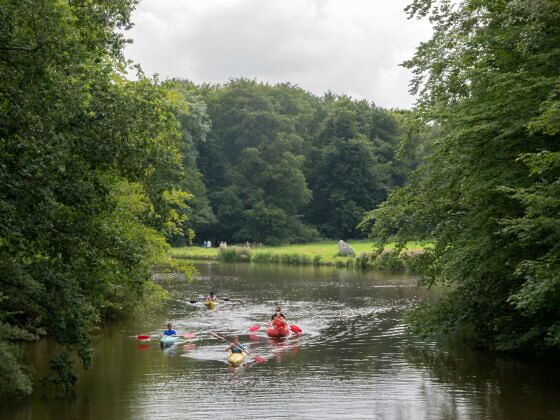Despite the best efforts of the Mojave to hold me fast with its beauty and dear people, I left in 2010 for Bend, Or. Every object I owned was in a 5X8 trailer and my Vibe. The four cats who own me were in solitary in the back of what they knew was the Terrible Thing.
I carried with me the silhouette of the Joshua Buddha and 395 sightings of the moon. I carried in my cells the sensations of pressing my face to the rough bark of the old Joshua west of my cabin and breathing in its fine scent.
